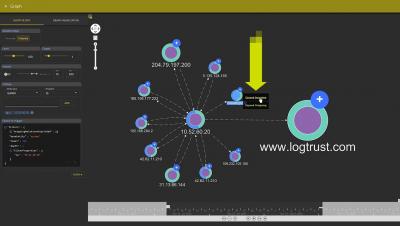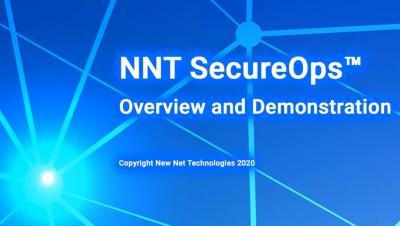Devo Security Operations - Command and Control Use Case
Table of Contents:
00:00 - Introduction
00:08 - C&C concept
00:31 - C&C types
01:02 - C&C in SecOps
01:41 - C&C in SecOps: alerts
02:23 - C&C in SecOps: Triage
02:45 - C&C in SecOps: new investigation
03:14 - C&C in SecOps: associations
04:09 - C&C in SecOps: related alerts
04:49 - C&C in SecOps: Hunting
05:18 - C&C in SecOps: identify outbound traffic









